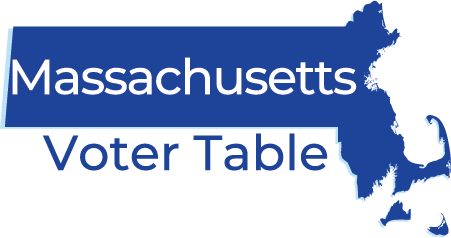Door Knocking
Why Do We Door Knock?
Even in the age of social media, face-to-face conversations remain the most effective way of reaching, engaging, and educating voters on important issues. You can build relationships with people in a particular community and gain valuable information about their preferences as voters. While door knocking is hard work, it’s a proven tactic to increase voter turnout, boost the visibility and credibility of your organization, and build relationships within your community. Although this guide focuses on getting people out to vote, you can also door knock for advocacy and direct action campaigns.
Make a Connection with the Voter
What to say at the doors
- Introduce yourself and the organization: Do you also live in the neighborhood? Why are you at their door?
- Educate on the issues: What issue(s) does your organization work on? Why do you vote? What’s on the ballot?
- Use social pressure: Your message should remind voters of the norm of voting and that they will be held accountable to that norm of voting. You can show the voter's past vote history and say that you will update their voter history after the election.
- Report likelihood to vote: Mark on a scale of 1-5
- Share polling place information: This information typically appears at the top of the walk sheet
- Make a plan: When is the individual going to vote? Will they vote early? On Election Day, before work, during lunch, before picking up the kids from school, after work? Are they taking public transportation, walking, or driving to the polling place?
- Pledge to vote: Ask them to fill out a pledge card, and end the pledge card back to them before the election.
- Follow up: return the pledge card, send a mailing, run a phone bank, text them. People who are less likely to vote often require multiple contacts, so follow up!
materials for voter education
Well-designed and informative materials will reinforce your message beyond the conversation that you have with the voter. These materials might include: a ballot question guide, a candidate guide, pledge cards, petition about issues, and flyers about your issue, your organization, or an upcoming event. Keep in mind that you may need to create materials in multiple languages. You can find some sample materials in our voter resources page.
Door Knocking Do's and Don't's
Do ...
- Be prepared for most people not to be home. 1 out of 3 home is great! 1 out of 4 or 5 is more common.
- Expect to knock on 15-20 doors per hour (depending on the density of the neighborhood). Check out our calculator to determine how many doors you can knock and how many people your team can reach.
- Do use the script on the walk list as a guide, but personalize it.
- Do check the name of the person on the list before you knock the door. Knock once, wait thirty seconds, then knock a second time. Try both ringing the doorbell and knocking. Don’t assume doorbells work.
- Do always ask for all voters at each address.
- Do make sure something is marked for every door that’s knocked.
Don't ...
- Don’t let unpleasant people get you down! They’re always a very small minority of voters.
- Don’t get stuck in a super-long conversation with any voter. Spend about 2 minutes speaking with each voter. If you think they’re a potential volunteer or activist, get their contact info and make a plan to follow up later.
- Don’t put literature into people’s mailboxes.
- Don’t reuse a list that’s already been marked up. (Before you knock the same turf a second time, data should be entered and new lists printed.) If you must re-use a list, use a different colored pen.

